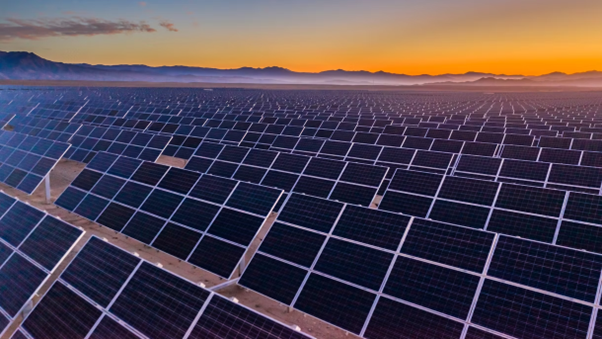For more than a century, the world has relied heavily on coal, oil, and gas to generate electricity and power industries. Today, that reliance is rapidly diminishing. Renewable energy systems, including solar farms, offshore wind installations, and hybrid solutions with energy storage, are reshaping how electricity is produced, delivered, and consumed.
This transformation is profound, redefining how nations structure their economies, how grids operate, and how individuals and communities interact with energy in daily life. Clean energy is increasingly central to energy planning rather than being viewed as an alternative or supplementary source.
The Rise of Renewable Energy Systems
When most people hear the term renewable energy systems, they often picture a rooftop solar panel or a row of wind turbines along the coast. In reality, these systems are now the backbone of national energy strategies. Unlike fossil fuels, which are finite and subject to market volatility, renewable sources such as sunlight, wind, and flowing water continuously replenish themselves.
What is particularly striking is the speed of adoption. Over the past decade, clean energy has moved from the periphery to the centre of discussions on power generation. Countries such as India have added substantial solar and wind capacity to their grids. Nations around the world are pursuing ambitious targets that seemed unattainable only a few years ago. This growth is not merely about meeting numerical targets. It reflects the recognition that energy security, environmental stability, and economic resilience increasingly depend on clean energy taking the lead.
Global Power Generation in Transition
The global shift is evident in electricity generation statistics. Renewable power is steadily capturing a larger share of total production, reducing the historical dominance of fossil fuels. Solar, wind, hydro, and other clean energy sources now play an increasingly important role in meeting energy demand across continents.
Several factors are driving this change. Technological innovation has been critical, with smarter grids, improved forecasting, and more efficient generation systems. Governments have introduced supportive policies, including subsidies, tax incentives, and renewable purchase obligations, creating a favourable environment for investment. Investors increasingly view clean energy assets as stable long-term options compared with fossil-based projects, which are exposed to regulatory and market risks. Public sentiment has also shifted, with far less tolerance for pollution-heavy power plants when cleaner alternatives are available.
Hybrid Solutions and Storage: Ensuring Reliable Energy
While adoption is increasing, reliability remains a key concern. What happens if the sun does not shine or the wind does not blow? This was a valid question in the past. Today, hybrid projects that integrate multiple clean energy sources with energy storage have significantly reduced this uncertainty. By combining solar and wind with batteries, developers can provide a consistent supply of electricity around the clock.
The approach is straightforward yet highly effective. Solar energy peaks during the day, while wind generation is often higher at night. Batteries store surplus energy and release it when demand rises or generation drops. Several large-scale projects in India and in other countries have demonstrated the practical reliability of hybrid systems. Companies like Hero Future Energies and other leading developers focus on solutions that make power dependable rather than intermittent, proving that renewable energy can reliably meet the needs of modern grids.
Green Hydrogen: The Next Frontier
Green hydrogen represents the next major development in clean energy. This process involves using renewable electricity to split water into hydrogen and oxygen, which can then be applied in industries where electricity alone cannot replace fossil fuels. Heavy sectors such as steel, cement, and chemicals benefit most from this approach.
Green hydrogen enables the decarbonisation of industries that are otherwise difficult to electrify. Without renewables, hydrogen remains grey or blue, both of which involve carbon emissions. When solar and wind supply the energy for electrolyzers, hydrogen becomes truly clean. Several countries, including India, have already set ambitious targets for green hydrogen to support industrial decarbonisation and meet climate commitments.
Renewables’ Impact on Communities and Daily Life
Clean energy is not only about large-scale power generation. Its impact reaches communities and households. In rural areas, connecting homes to solar or hybrid systems reduces reliance on kerosene or diesel, improving lighting, safety, and affordability. In urban areas, rooftop solar and electric vehicle charging powered by green energy help cities reduce their carbon footprint.
The health benefits are also significant. Every coal-fired power plant that closes, or every renewable installation that comes online, reduces air pollution. Over time, this leads to fewer respiratory illnesses, cleaner air, and lower healthcare costs. Green power is therefore not just a technical solution but also a public health initiative.
Conclusion
The shift to renewable energy is ongoing and accelerating. Governments, companies, and individuals all play a part. Large-scale renewable projects and innovative hybrid systems demonstrate how clean energy can have a tangible impact on both the environment and daily life. Renewable energy systems are redefining power generation worldwide, making this transition one of the most significant changes of our time.





Be First to Comment